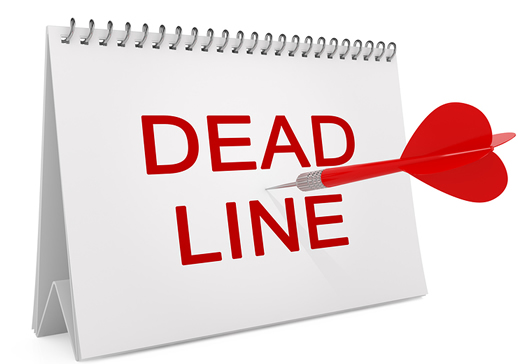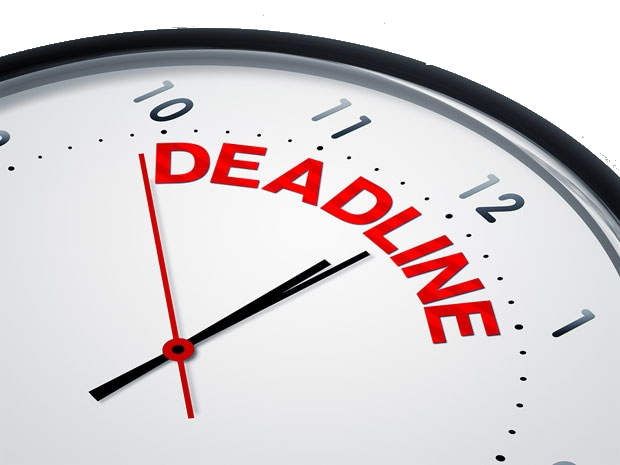Rhetorical Analysis of Arguments by Paige Fernandez and Jason C. Johnson and James A. Gagliano
Complete a rhetorical analysis on two arguments and then compare them to one another. Analyze, evaluate, and compare by Paige Fernandez and by Jason C. Johnson and James A. Gagliano.
Instructions:
Your essay must contain the following sections:
Introduction. Begin your assignment by creating an introduction that gives an overview of your project. Introduce and summarize the two arguments you will focus on in your essay. Include a well-developed thesis statement in your introductory paragraph.
Comparative Rhetorical Analysis. Next, analyze and evaluate your two arguments. In this analysis, please include:
A brief overview and summary of each argument. What are the main claims of each argument?
An analysis of the rhetorical situation of each argumentaudience, purpose, context(explain elements of context embedded in the argumentsthe clues that suggest what the arguments are responding to, both in the sense of what has been written before it and in the sense that it is written for an audience in a particular time and placeand to evaluate how effectively the arguments persuade the audience within this specific context). How do they rhetorical situations differ in each piece? How are they the same? What effect does this have on each argument? How does this influence how each author creates their argument?
An analysis and evaluation of each authors use of as well as other . Please also describe any present in these arguments.
Finally, create an argument where you prove which argument you analyzed is most convincing to its target audience based on your analysis of these two pieces. Writing a comparative analysis means more than simply summarizing the different arguments. Instead, you will be making an argument about the two texts, using as support specific examples from the articles you select. For instance, you may claim that one argument is more effective than another because of the reliability and quantity of its support (i.e., logos). You may also make claims about the credentials or biases of the authors and their testimony or their writing strategies, including their definitions of key terms, overall organization, and tone.
Use an effective structure that carefully guides your reader from one idea to the next, thoroughly editing your writing so it is comprehensible and appropriate for an academic audience.

 Our orders are delivered strictly on time without delay
Our orders are delivered strictly on time without delay  Our orders are delivered strictly on time without delay
Our orders are delivered strictly on time without delay 


